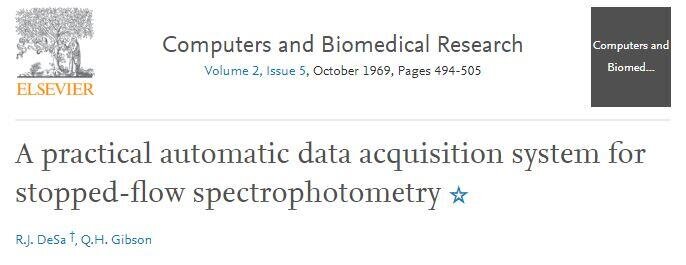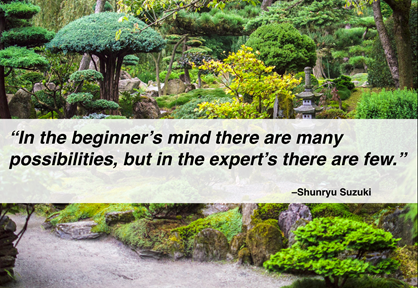The Definitive Guide for Circular Dichroism
The Definitive Guide for Circular Dichroism
Blog Article
8 Simple Techniques For Uv/vis
Table of ContentsWhat Does Circular Dichroism Do?Uv/vis/nir Fundamentals ExplainedThe Buzz on Circularly Polarized LuminescenceThe Buzz on Uv/vis/nirGetting My Circularly Polarized Luminescence To Work

Spectrophotometry is a tool that hinges on the quantitative analysis of particles depending on how much light is taken in by colored compounds.
Fascination About Uv/vis
A spectrophotometer is typically used for the measurement of transmittance or reflectance of solutions, transparent or opaque solids, such as sleek glass, or gases. Numerous biochemicals are colored, as in, they take in visible light and for that reason can be determined by colorimetric procedures, even colorless biochemicals can often be converted to colored substances suitable for chromogenic color-forming reactions to yield compounds suitable for colorimetric analysis.: 65 Nevertheless, they can likewise be designed to determine the diffusivity on any of the listed light varieties that usually cover around 2002500 nm using different controls and calibrations.
An example of an experiment in which spectrophotometry is used is the decision of the balance constant of a solution. A specific chain reaction within an option might take place in a forward and reverse instructions, where reactants form items and products break down into reactants. At some time, this chemical reaction will reach a point of balance called a stability point.
The 6-Minute Rule for Circularly Polarized Luminescence
The quantity of light that passes through the solution is indicative of the concentration of specific chemicals that do not permit light to go through. The absorption of light is due to the interaction of light with the electronic and vibrational modes of particles. Each kind of particle has a private set of energy levels connected with the makeup of its chemical bonds and nuclei and hence will take in light of specific wavelengths, or energies, leading to special spectral homes.
They are extensively used in numerous industries consisting of semiconductors, laser and optical manufacturing, printing and forensic assessment, as well as in labs for the research study of chemical compounds. Spectrophotometry is frequently utilized in measurements of enzyme activities, decisions of protein concentrations, decisions of enzymatic kinetic constants, and measurements of ligand binding reactions.: 65 Ultimately, a spectrophotometer is able to figure out, depending on the control or calibration, what substances are present in a target and exactly how much through computations of observed wavelengths.
Invented by Arnold O. Beckman in 1940 [], the spectrophotometer was created with the aid of his coworkers at his business National Technical Laboratories established in 1935 which would become Beckman Instrument Company and ultimately Beckman Coulter. This would come as an option to the previously produced spectrophotometers which were unable to soak up the ultraviolet correctly.
Uv/vis Can Be Fun For Anyone
It would be discovered that this did not provide satisfying outcomes, for that reason in Model B, there was a shift from a glass to a quartz prism which enabled for better absorbance outcomes - circular dichroism (https://papaly.com/categories/share?id=82b22f606fb5496cbfab4f86fdfbca1c). From there, Model C was born with a modification to the wavelength resolution which wound up having three systems of it produced
It irradiates the sample with polychromatic light which the sample soaks up depending upon its homes. It is transferred back by grating the photodiode array which detects the wavelength region of the spectrum. Because then, the development and execution of spectrophotometry devices has increased profoundly and has actually turned into one of the most innovative instruments of our time.

Indicators on Uv/vis You Should Know
The grating can either be movable or fixed.
In such systems, the grating is repaired and the strength of each wavelength of light is measured by a various detector in the variety. When making transmission measurements, the spectrophotometer quantitatively compares the portion of light that passes through a reference solution and a test solution, then digitally compares the intensities of the two signals and computes the portion of transmission of the sample compared to the reference standard.

Report this page